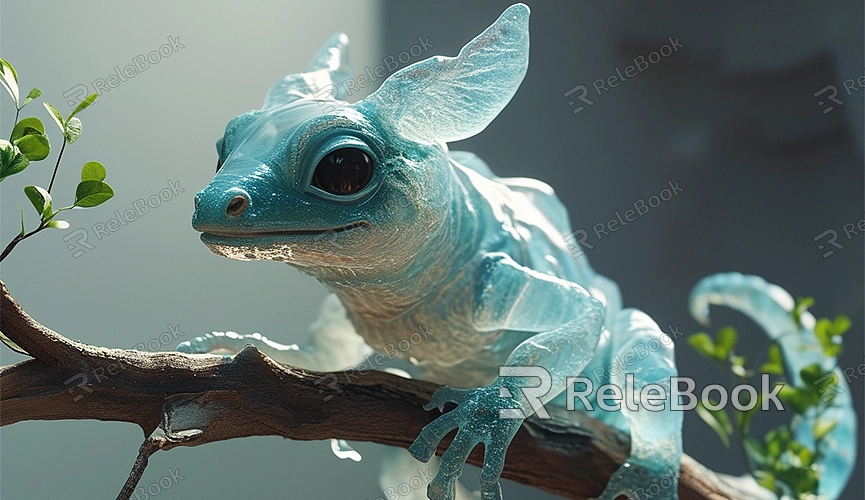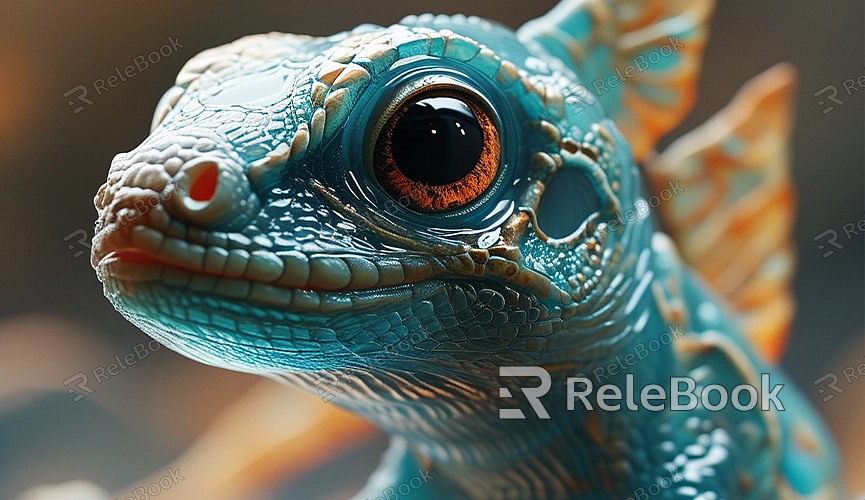How to Render Animations as Videos in Blender
Blender is a powerful 3D modeling and animation software used by many creators to produce stunning animations. Rendering animations as videos is a common need for Blender users. This article will guide you through the process of accomplishing this task in Blender, providing practical tips and advice.
Preparation
Before you start rendering your animation, ensure that it is fully set up, including all models, materials, lighting, and keyframes. If you’re a beginner, start with a simple scene to get familiar with the basic workflow.

Setting Up the Render Engine
Blender offers several render engines, with Eevee and Cycles being the most commonly used. Choose the render engine that best suits your project needs:
1. Open Blender and load your project file.
2. Go to the “Render Properties” tab in the top menu.
3. Select “Eevee” or “Cycles” from the “Render Engine” options.
Adjusting Render Settings
To ensure the best results for your animation rendering, adjust the following key settings:
- Resolution: Set your render resolution in the “Output Properties” tab, such as 1920x1080 (HD).
- Frame Rate: Also in “Output Properties,” set your frame rate (usually 24 or 30 frames per second).
- Sample Count: Adjust the render samples in the “Render Properties” tab. Higher sample counts provide better quality but increase render time.
Setting Output Path and Format
In the “Output Properties” tab, configure the output path and format for your animation:
1. In the “Output” section, choose a folder to save the rendered output.
2. Select the output format, such as FFmpeg video, to generate a video file directly.
Rendering the Animation
Once everything is set, you can start rendering the animation:
1. In the top menu, select “Render.”
2. Click “Render Animation” to begin rendering.
The rendering process may take some time depending on the complexity of your scene and your computer’s performance. During rendering, you can monitor the progress of each frame.

Optimizing Render Time
Rendering animations can be time-consuming. Here are some tips to optimize render time:
- Reduce Sample Count: Lower the sample count while maintaining acceptable quality.
- Use Denoising: Enable denoising in the “Render Properties” tab to improve image quality at lower sample counts.
- Adjust Lighting Settings: Proper lighting setup can reduce render time while enhancing image quality.
Post-Processing
After rendering is complete, use Blender’s “Video Sequencer” for post-processing. For example, add sound effects, transitions, or subtitles to make your animation more engaging.
Exporting the Final Product
If you chose to output a PNG sequence, you can use Blender’s “Video Sequencer” or other video editing software to combine the frames into a video file:
1. Open the “Video Sequencer.”
2. Import the PNG sequence.
3. Export it as a video file in your desired format.
Rendering animations as videos in Blender is a multi-step process, but following this guide will help you produce high-quality animations efficiently. Remember to be patient during the rendering process and continually adjust and optimize settings for the best results.
If you need high-quality 3D textures and HDRIs for your models and virtual scenes, you can download them for free from [Relebook Textures](https://textures.relebook.com/). For beautiful 3D models, visit [Relebook 3D Models](https://3dmodels.relebook.com/), where you’ll find a wide range of premium 3D resources. We hope this article helps you successfully render animations in Blender and enhance your 3D design skills.

